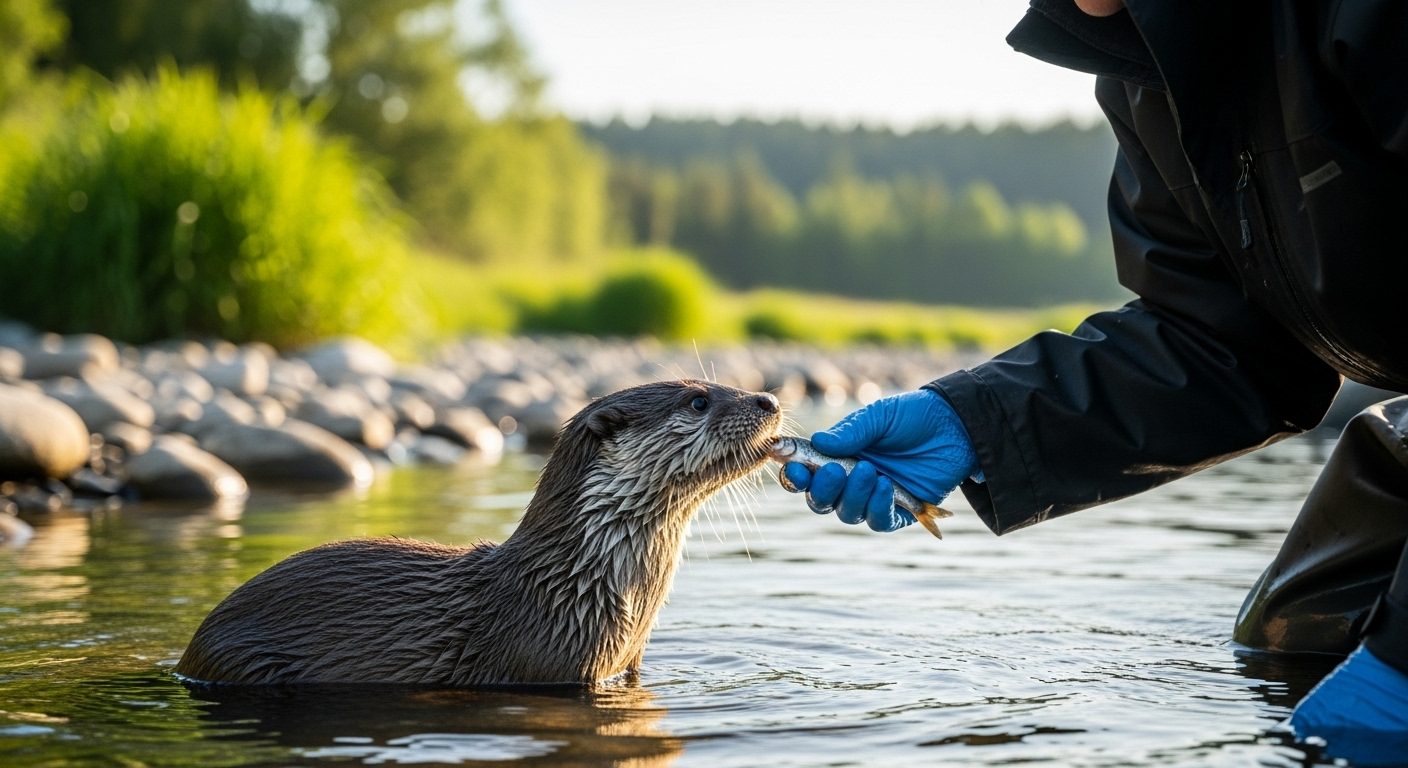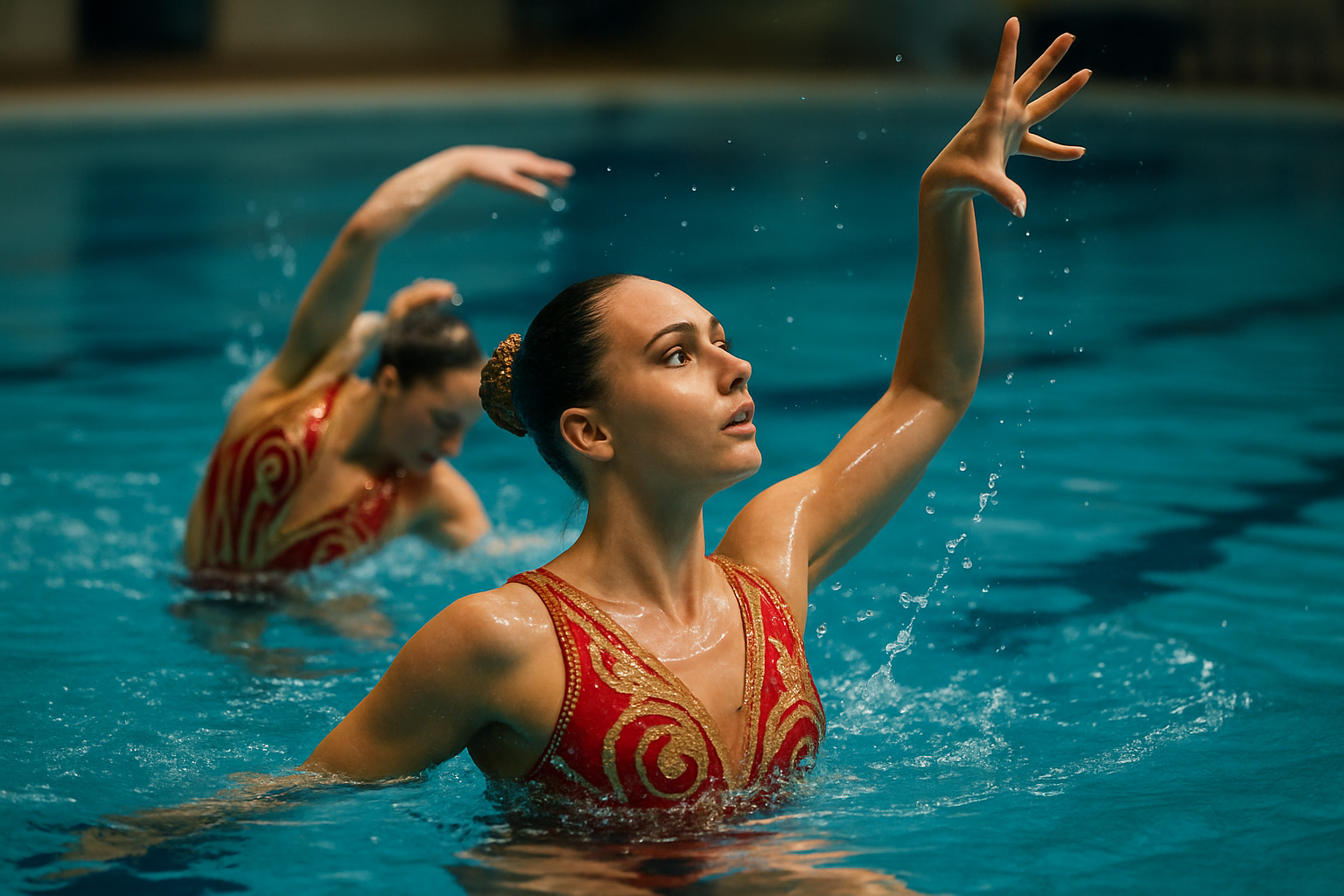Otter Rehabilitation: Nurturing Nature's River Acrobats
The enchanting world of otter rehabilitation unveils a captivating blend of conservation efforts and aquatic antics. These charismatic mustelids, known for their playful demeanor and riparian prowess, often find themselves in need of human intervention due to environmental challenges and human encroachment. This article delves into the intricate process of otter rehabilitation, exploring the techniques, challenges, and heartwarming successes that define this crucial aspect of wildlife conservation.

The Call of the Wild: Understanding Otter Rehabilitation Needs
Otter populations worldwide face numerous threats, including habitat loss, pollution, and human-wildlife conflict. These challenges often result in injured, orphaned, or displaced otters requiring human intervention. Rehabilitation centers specializing in otter care have emerged as crucial lifelines for these animals, offering a second chance at life in the wild.
Otter rehabilitation is a multifaceted process that begins with rescue and initial assessment. Trained professionals evaluate the animal’s condition, addressing immediate medical needs and determining the appropriate course of action. This may involve treating injuries, managing infections, or providing specialized care for orphaned pups.
Recreating Riverbank Life: Facility Design and Habitat Simulation
One of the most critical aspects of otter rehabilitation is creating an environment that closely mimics their natural habitat. Rehabilitation facilities often feature specially designed enclosures with flowing water, natural substrates, and ample opportunities for swimming, diving, and foraging.
These habitats are carefully crafted to encourage natural behaviors and maintain the otters’ physical and mental well-being. From artificial river systems to specially constructed dens, every element is tailored to support the otters’ recovery and prepare them for eventual release.
Nutritional Needs: Feeding the Aquatic Appetite
Proper nutrition plays a pivotal role in otter rehabilitation. These animals have high metabolic rates and require a diet rich in protein and healthy fats. Rehabilitators must carefully balance the nutritional needs of their charges, often replicating the varied diet otters would encounter in the wild.
Feeding regimens typically include a mix of fish, crustaceans, and occasionally small mammals or birds. For orphaned pups, specialized milk formulas are used to mimic the nutrient composition of otter milk. As the animals progress, rehabilitators introduce live prey and employ feeding techniques that encourage natural foraging behaviors.
Social Dynamics: Fostering Otter Interactions
Otters are inherently social creatures, and rehabilitation efforts must account for their complex social needs. Many species live in family groups or larger communities, making socialization a crucial component of the rehabilitation process.
Rehabilitators often house compatible otters together, allowing them to engage in social play, grooming, and other natural behaviors. This socialization is particularly important for orphaned pups, who learn vital skills from their peers and surrogate caretakers.
Skills for Survival: Training and Behavioral Enrichment
Preparing otters for life in the wild requires more than just physical recovery. Rehabilitation programs incorporate extensive behavioral enrichment and training to ensure the animals develop or maintain the skills necessary for survival.
These activities may include puzzle feeders to stimulate problem-solving abilities, aquatic obstacle courses to hone swimming and diving skills, and supervised foraging exercises. For pups or long-term patients, rehabilitators may even demonstrate hunting techniques, teaching the otters to catch live prey efficiently.
The Art of Release: Returning Otters to the Wild
The ultimate goal of otter rehabilitation is the successful release of healthy, well-adjusted animals back into their natural habitats. This process requires careful planning and execution to maximize the otters’ chances of survival.
Rehabilitators conduct thorough assessments to ensure each otter is physically fit, exhibiting appropriate behaviors, and capable of surviving independently. Release sites are carefully selected based on habitat suitability, prey availability, and the presence of existing otter populations.
Monitoring Success: Post-Release Tracking and Research
The work of otter rehabilitators doesn’t end with release. Many programs incorporate post-release monitoring to track the success of rehabilitated otters and gather valuable data on their reintegration into wild populations.
Techniques such as radio telemetry, GPS tracking, and camera traps allow researchers to follow the progress of released otters, providing insights into their survival rates, habitat use, and reproductive success. This information not only validates rehabilitation efforts but also contributes to broader conservation strategies for otter species worldwide.
Challenges and Innovations in Otter Rehabilitation
Despite its successes, otter rehabilitation faces numerous challenges. Limited resources, complex medical needs, and the difficulty of replicating natural environments in captivity are ongoing concerns. However, innovators in the field continue to develop new techniques and technologies to improve rehabilitation outcomes.
Recent advancements include specialized medical treatments for common otter ailments, improved nutrition protocols, and more naturalistic rehabilitation facilities. Collaborative efforts between rehabilitation centers, zoological institutions, and wildlife researchers are also driving progress in otter care and conservation.
The Ripple Effect: Otter Rehabilitation and Conservation
Otter rehabilitation extends far beyond the individual animals receiving care. These programs serve as powerful educational tools, raising awareness about otter conservation and the broader issues affecting aquatic ecosystems.
By engaging the public through outreach programs, volunteer opportunities, and media coverage, otter rehabilitation centers foster a deeper connection between humans and wildlife. This increased awareness can lead to greater support for conservation initiatives, habitat protection efforts, and policies that benefit otter populations and their ecosystems.
In conclusion, otter rehabilitation represents a beacon of hope for these beloved aquatic mammals. Through dedication, expertise, and innovation, rehabilitators are not only saving individual lives but also contributing to the long-term survival of otter species worldwide. As we continue to refine our understanding of these fascinating creatures, the field of otter rehabilitation stands as a testament to the power of human compassion and the resilience of nature.





